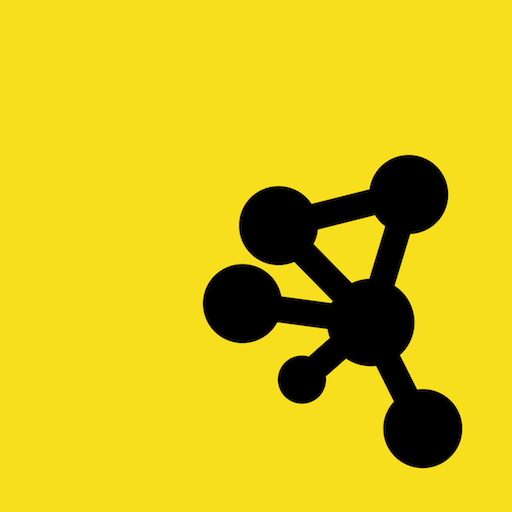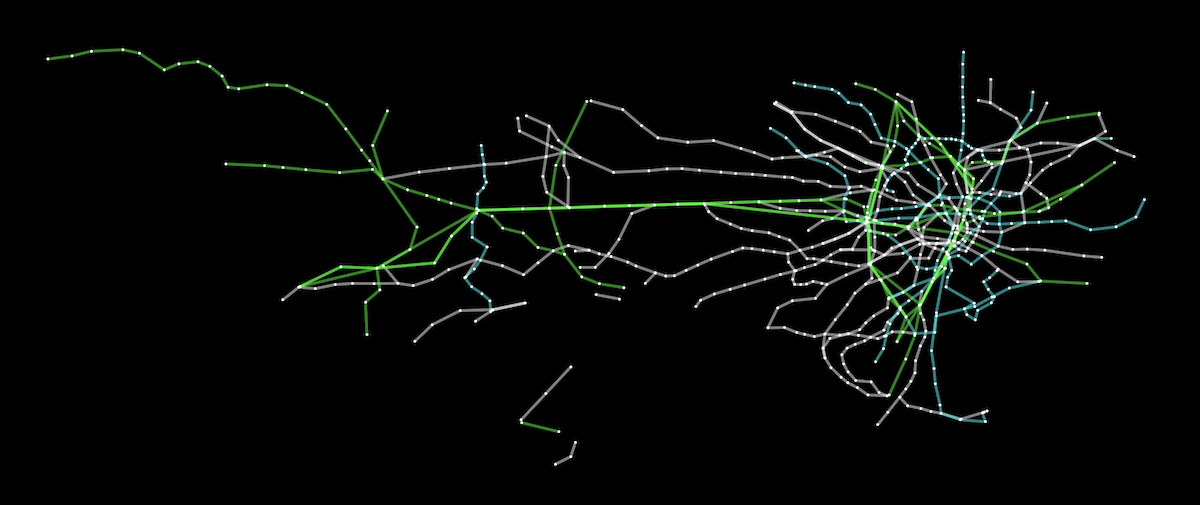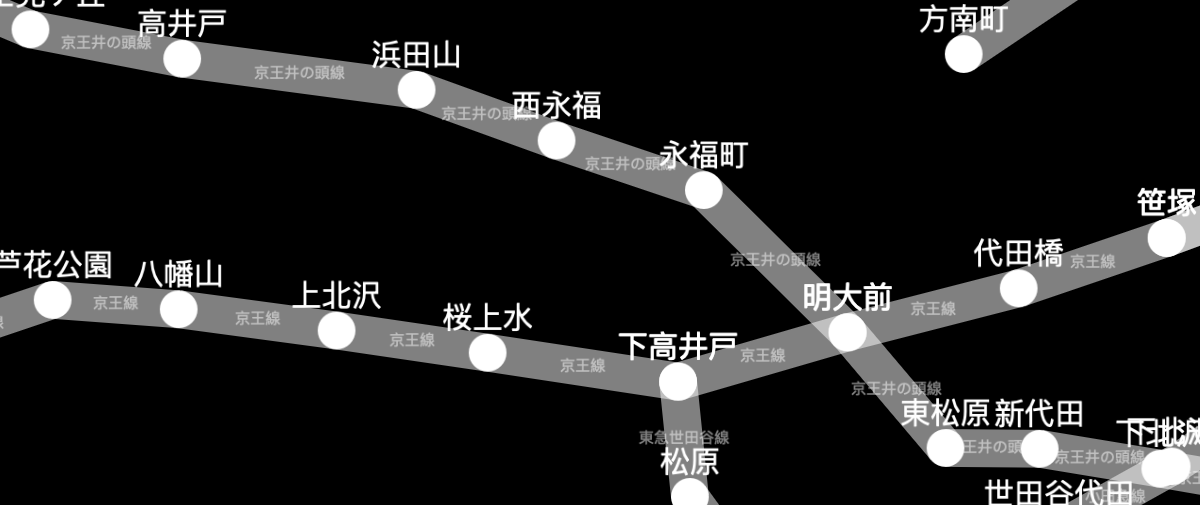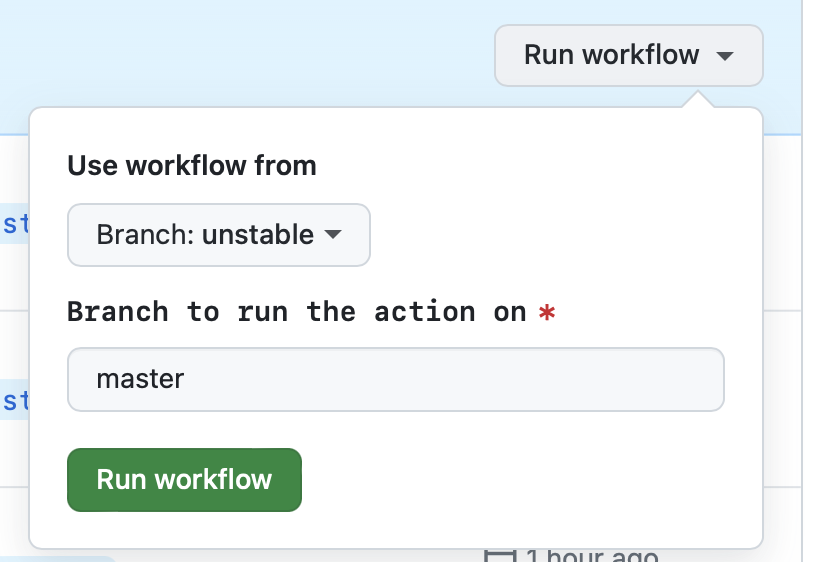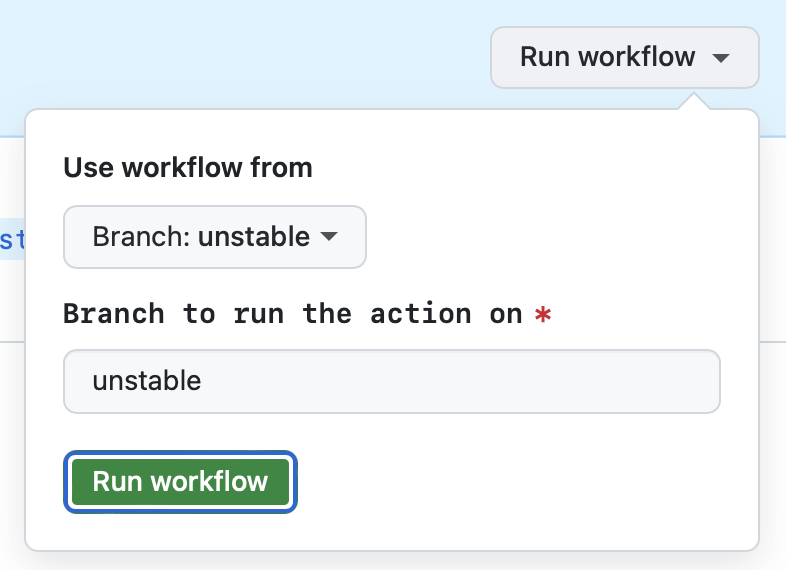Interactivity
- cytoscape:
Cytoscape provides extensive interactivity options, allowing users to manipulate nodes and edges dynamically. It supports events like clicks, hovers, and selections, enabling developers to create responsive visualizations that react to user input.
- vis-network:
vis-network offers straightforward interactivity features, such as zooming, panning, and dragging nodes. It is user-friendly and allows for quick implementation of interactive elements in visualizations.
- dagre-d3:
Dagre-d3 supports interactivity through D3.js, enabling users to create interactive graphs. Developers can add custom event handlers to nodes and edges, making it suitable for applications that require user interaction.
- gojs:
GoJS excels in interactivity, providing built-in support for drag-and-drop, context menus, and customizable tooltips. It allows developers to create highly interactive diagrams with minimal effort, making it ideal for complex applications.
- d3-graphviz:
d3-graphviz offers basic interactivity through D3.js, allowing users to interact with rendered graphs. However, it may require additional coding for advanced interactive features, as it primarily focuses on rendering Graphviz graphs.
Layout Algorithms
- cytoscape:
Cytoscape includes a wide range of layout algorithms for different types of graphs, including hierarchical, circular, and organic layouts. This flexibility allows users to choose the most suitable layout for their data representation needs.
- vis-network:
vis-network offers several built-in layout algorithms, such as hierarchical and physics-based layouts. It allows users to quickly switch between layouts, making it versatile for different visualization scenarios.
- dagre-d3:
Dagre-d3 integrates Dagre's layout algorithms, specifically designed for directed graphs. It automatically calculates optimal layouts, making it easier for developers to visualize complex relationships without manual adjustments.
- gojs:
GoJS provides a variety of layout options, including tree, force-directed, and custom layouts. Developers can easily implement different layouts to suit their specific visualization requirements, enhancing the user experience.
- d3-graphviz:
d3-graphviz utilizes Graphviz's powerful layout algorithms to render graphs based on the DOT language. Users can take advantage of these algorithms to create well-structured visualizations with minimal configuration.
Customization
- cytoscape:
Cytoscape allows extensive customization of styles and behaviors, enabling developers to define node shapes, colors, and edge styles. This level of customization makes it suitable for tailored visualizations that meet specific branding or design requirements.
- vis-network:
vis-network provides straightforward customization options for nodes and edges, allowing users to easily change colors, shapes, and sizes. Its simplicity makes it accessible for quick visual adjustments.
- dagre-d3:
Dagre-d3 allows for customization of node and edge styles through D3.js. While it offers flexibility, the customization options may require more coding compared to other libraries, making it less user-friendly for quick adjustments.
- gojs:
GoJS is highly customizable, offering a comprehensive API for defining node templates, styles, and behaviors. Developers can create intricate diagrams with unique designs and interactions, making it suitable for complex applications.
- d3-graphviz:
d3-graphviz provides limited customization options since it focuses on rendering Graphviz graphs. However, users can still modify styles through CSS and D3.js, allowing for some degree of visual customization.
Performance
- cytoscape:
Cytoscape is optimized for handling large graphs efficiently, making it suitable for applications with complex datasets. It employs techniques like incremental rendering to maintain performance even with numerous nodes and edges.
- vis-network:
vis-network is optimized for performance, allowing for smooth interactions even with larger datasets. It uses WebGL for rendering, which enhances performance for complex visualizations.
- dagre-d3:
Dagre-d3 performs well with directed graphs, leveraging D3.js for rendering. However, performance may vary based on the complexity of the graph and the number of nodes and edges involved.
- gojs:
GoJS is designed for high performance, particularly in interactive scenarios. It efficiently manages large diagrams and provides smooth interactions, making it suitable for applications requiring real-time updates.
- d3-graphviz:
d3-graphviz performance depends on the complexity of the Graphviz graphs being rendered. While it can handle moderate-sized graphs well, performance may degrade with very large datasets due to the rendering process.
Learning Curve
- cytoscape:
Cytoscape has a moderate learning curve, especially for users unfamiliar with graph theory concepts. However, its extensive documentation and community support help ease the learning process for new users.
- vis-network:
vis-network is beginner-friendly, with a low learning curve. Its straightforward API and extensive examples make it easy for new users to get started with network visualizations.
- dagre-d3:
Dagre-d3 has a moderate learning curve, particularly for those already familiar with D3.js. Its integration with D3 makes it easier for developers to learn and implement, especially for those with prior experience in data visualization.
- gojs:
GoJS has a steeper learning curve due to its extensive features and API. However, its comprehensive documentation and examples provide a solid foundation for developers to learn and implement complex visualizations.
- d3-graphviz:
d3-graphviz requires familiarity with D3.js and Graphviz syntax, which can pose a challenge for beginners. However, once understood, it allows for powerful visualizations with relatively simple code.
















